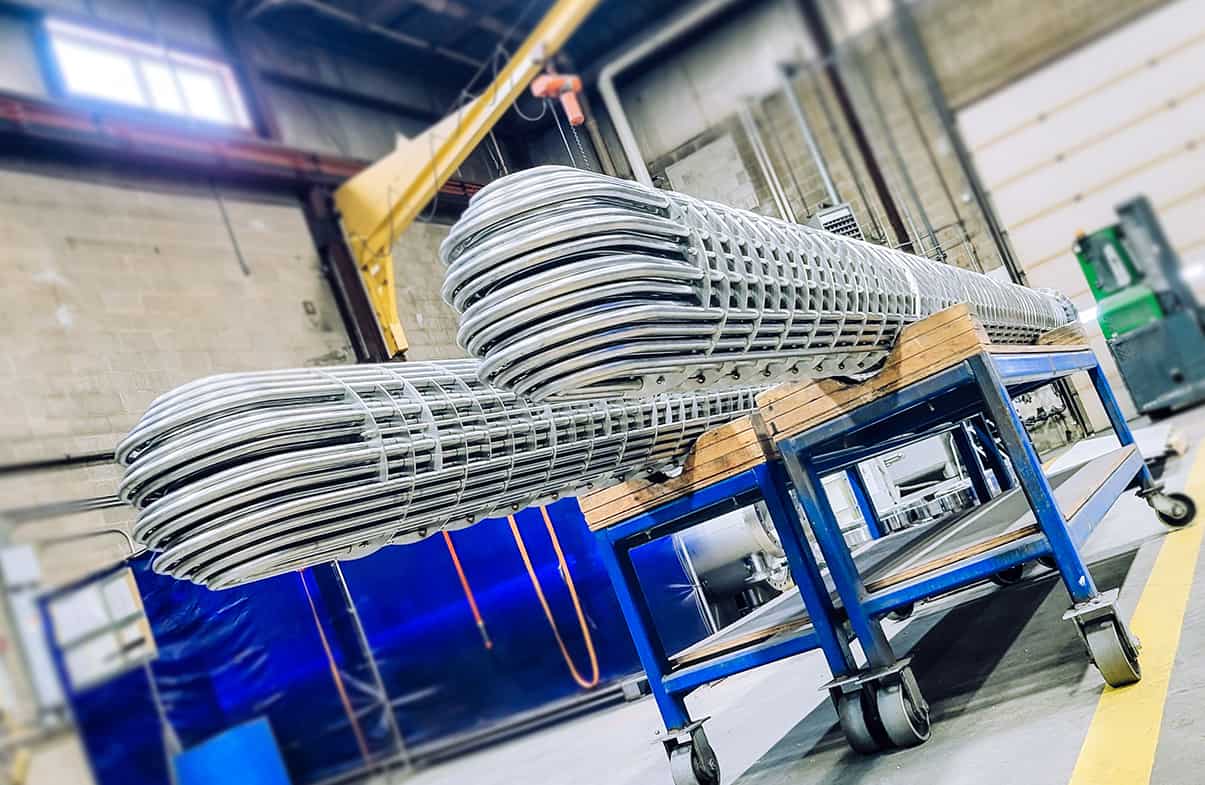Heat Exchanger: Gaskets
Gaskets in shell and tube heat exchangers are vital for preventing leaks and ensuring efficient heat transfer. They must be chosen carefully based on material compatibility, temperature, and pressure conditions.
- Leak Prevention: Gaskets are essential for preventing leaks in shell and tube heat exchangers, ensuring that fluids remain separated and contained within their respective channels.
- Material Selection: The choice of gasket material is critical and should be based on the chemical properties of the fluids involved, as well as the operating temperature and pressure.
- Temperature Tolerance: Gaskets must be able to withstand the temperatures at which the heat exchanger operates, without degrading or losing their sealing capabilities.
- Pressure Handling: The gaskets must be capable of handling the pressure differentials present in shell and tube heat exchangers to prevent leaks and maintain system integrity.
- Installation: Proper installation of gaskets is important for ensuring a tight seal; some gaskets are designed to be easier to install than others.
- Replacement: Gaskets should not be reused, be sure to always be replace a used gasket with a new one as a leak free seal cannot be guaranteed once a gasket has previously been compressed.

Shell & Tube:Gaskets
Several types of gaskets are available for shell and tube heat exchangers, each designed to meet specific operational needs. Common types include compressed fiber, Teflon, EPDM, PTFE, spiral wound gaskets, each of which has differing durability and resistance to chemicals and temperatures. To provide a tight seal in less demanding applications, fibrous gaskets can often be a good choice.


